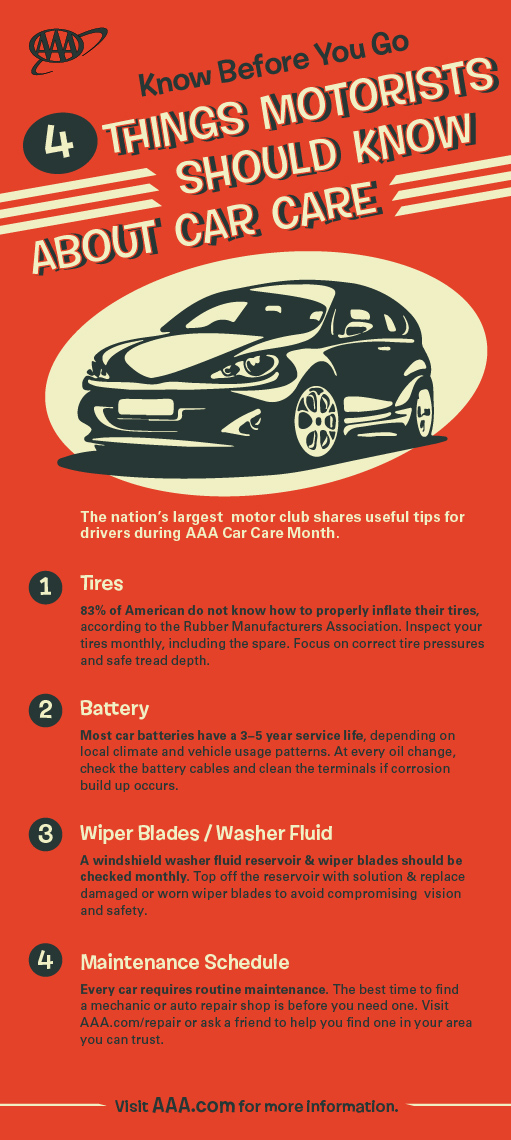Analyzing Your Vehicle'S Alert Lights: Their Real Ramifications
Analyzing Your Vehicle'S Alert Lights: Their Real Ramifications
Blog Article
Material Writer-Sykes Shepherd
When you lag the wheel, those glowing warning lights on your dashboard can be a little bit difficult. Do you recognize what they're trying to tell you about your cars and truck's wellness? Comprehending the relevance of these lights is essential for your security and the long life of your automobile. So, the next time among those lights appears, wouldn't you intend to decode its message accurately and take the required actions to address it?
Common Warning Lighting and Interpretations
Determine common warning lights in your cars and truck and understand their definitions to make certain risk-free driving.
The most normal warning lights consist of the check engine light, which indicates concerns with the engine or discharges system. If carwash near e comes on, it's important to have your lorry checked without delay.
The oil pressure warning light shows low oil stress, calling for instant interest to prevent engine damage.
A blinking battery light might recommend a malfunctioning billing system, possibly leaving you stranded otherwise addressed.
The tire pressure surveillance system (TPMS) light informs you to reduced tire pressure, influencing automobile security and gas efficiency. Neglecting this can cause risky driving problems.
The abdominal light shows a problem with the anti-lock braking system, endangering your capacity to quit swiftly in emergency situations.
Last but not least, the coolant temperature alerting light warns of engine overheating, which can cause severe damages otherwise settled swiftly.
Comprehending these typical caution lights will aid you deal with concerns without delay and maintain secure driving problems.
Value of Prompt Focus
Recognizing the usual caution lights in your vehicle is only the primary step; the importance of immediately addressing these warnings can't be emphasized sufficient to guarantee your security on the road.
When a warning light brightens on your control panel, it's your automobile's way of interacting a prospective concern that requires interest. Neglecting https://andresoicxq.blogdeazar.com/31341590/ten-trick-suggestions-for-selecting-one-of-the-most-dependable-auto-repair-shop-in-your-area can bring about a lot more extreme problems in the future, jeopardizing your security and possibly costing you a lot more out of commission.
Trigger focus to warning lights can prevent malfunctions and accidents. As an example, a flashing check engine light might show a misfire that, if left unattended, could cause damages to the catalytic converter. Resolving this without delay can conserve you from an expensive repair service.
Similarly, a brake system warning light could signify low brake fluid or worn brake pads, essential elements for your safety and security when driving.
DIY Troubleshooting Tips
If you notice a warning light on your control panel, there are a few do it yourself repairing suggestions you can attempt before looking for expert aid.
The primary step is to consult your vehicle's guidebook to recognize what the details warning light suggests. Occasionally the issue can be as straightforward as a loosened gas cap activating the check engine light. Tightening detailingauckland may settle the issue.
One more common issue is a reduced battery, which can cause different alerting lights. Checking the battery links for deterioration and guaranteeing they're safe and secure might fix the problem.
If a caution light continues, you can try resetting it by disconnecting the auto's battery for a few minutes and then reconnecting it. Additionally, checking your car's liquid degrees, such as oil, coolant, and brake liquid, can help fix warning lights associated with these systems.
Conclusion
Finally, understanding your automobile's warning lights is crucial for keeping your car running efficiently and securely. By quickly addressing these informs and recognizing what they indicate, you can avoid costly repairs and possible breakdowns.
Bear in mind to consult your automobile's guidebook for certain information on each alerting light and act as necessary to guarantee a hassle-free driving experience.
Remain informed, remain safe when traveling!
